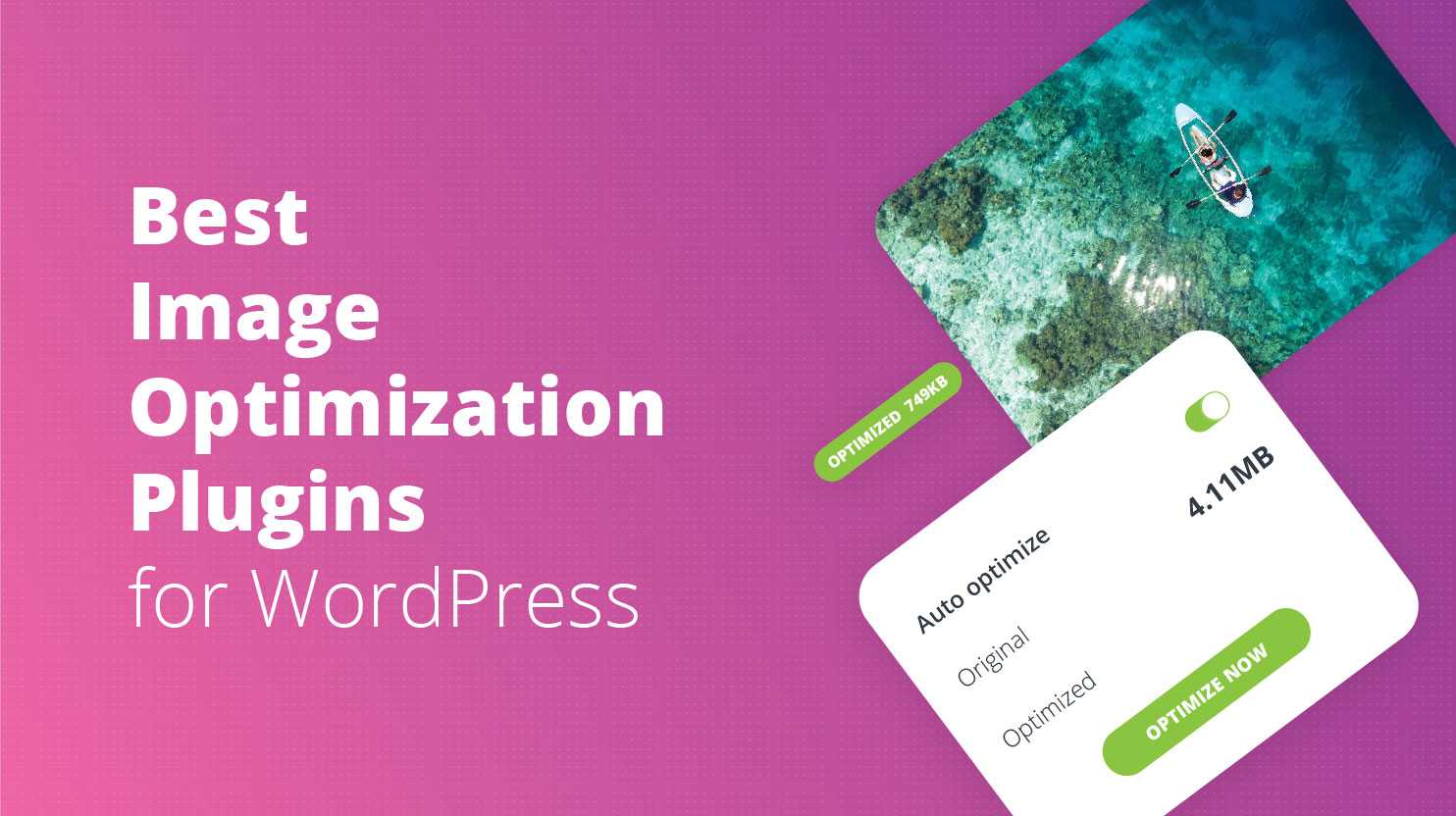
This set of sources for that cell phone selfie I mentioned earlier would look something like this: The srcset attribute works by providing the URL for the image and then giving the browser a list of images to choose from at various sizes. You want peak optimization right? If you do, srcset and size will help you get closer to the ideal image size, but won’t always give you the exact size you need and it won’t cut the excess on the largest size. GTmetrix will say “serve scaled images” if your images are too large and are slowing down your page, serve Srcset and Size AttributesĪren’t the srcset and size attributes supposed to take care of image resizing? Second, if you’re uploading a full-size selfie straight from your phone, but you’re displaying it as a small Gravatar, then you’re wasting time and data downloading an image that is excessively large.That takes time my friends, especially if your webpages are image-heavy. Instead of delivering a webpage as fast as possible, it needs to stop and resize the image. One, it distracts the browser forcing it to perform additional server requests.Anything larger … just results in wasted bytes and slows down page load time.ĭelivering an image that is too large hurts you in several ways.

Ideally, your page should never serve images that are larger than the version that’s rendered on the user’s screen. When you get a “properly size images” opportunity in Google PageSpeed Insights, you’ll know it is time to scale some images.

They go on relying on the browser to serve up the right size, because that’s what the browser is for, right? And since most people don’t know there is a problem, they don’t fix it. Since you can’t see a change in quality, the extra weight on the image files becomes easy to overlook. The Complete Guide to Mastering Image Optimization This doesn’t affect how the image looks, but it will add to the file size of the page. On the flip side, if an image is too big, the browser will shrink it down to the right size. This image is too small and was scaled up with the HTML width attribute If they’re too small and they are scaled up, they’ll be blurry. Images on the web have to fall in the Goldilocks zone. Here’s everything you need to know about optimizing, resizing, and serving scaled images:
#WORDPRESS OPTIMIZE IMAGES HOW TO#
You’ll learn how to properly size images in WordPress in several different ways and how to improve your image optimization workflow tremendously with Smush Pro. In this post, we’re going to focus on how to serve scaled images with WordPress. Images take up a lot of file size space, especially if they’re bloated and oversized. That’s why images should be number one on your list of things to optimize if you’re trying to improve page speed, conversions or sales. Are your images holding your WordPress site back?

Serving scaled images is one of the most overlooked ways to deliver better site performance.


 0 kommentar(er)
0 kommentar(er)
